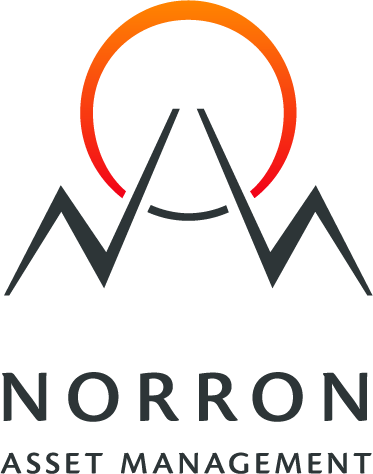EU-Taxonomy – Potential Eligibility & Alignment:
We at Norron welcome the EU Taxonomy Regulation, which is an EU classification tool that determines whether or not an activity is environmentally sustainable. This, together with increased demands for reporting and transparency, we think is quite the way to go to accelerate the transition to a more sustainable economy. The taxonomy regulation will not be applied by financial market participants until 31 December 2021, but we want to start adapting to future reporting now to give you as an investor a better understanding of Norron’s environmental sustainability work. We will therefore report on a monthly basis the extent to which our funds are invested in companies classified as environmentally sustainable under the taxonomy regulation.
In order for a company’s so-called economic activity to be covered by the taxonomy (currently 70 different activities in 8 different industries/sectors) and to be considered environmentally sustainable, the activity must meet certain established criteria. Our data show the extent to which the fund is invested in economic activities that are Taxonomy Eligible (subject to the taxonomy regulation and may be or become environmentally sustainable) and Taxonomy Aligned (economic activities that also meet the established criteria for environmental sustainability). For example, if the fund’s eligibility is 30%, it means that 30% of the fund’s holdings are covered by the Taxonomy Regulation. The Alignment of the fund means the proportion of the fund’s holdings which also meets the established criteria for environmental sustainability. In order to account for the type of environmental sustainability in which the Fund is invested, the Alignment of the Fund is divided into three different sub-areas. These are Green (activities with already low greenhouse gas emissions), Transition (activities that contribute substantially to the transition to a climate-neutral economy through reduced emissions) and Enabling (activities that enable other activities to contribute substantially to climate change mitigation).
Since the taxonomy regulation has not yet taken effect – and our holdings in the fund are therefore not yet required to report their sustainability data in accordance with the taxonomy – the information below is Norron’s own assessments based on available internal and external data and analysis, in order to best calculate the fund’s potential eligibility and alignment with the taxonomy. The actual share of the fund invested in environmentally sustainable activities may be both larger and smaller than what is reported here, and therefore the information should not be interpreted as accurate data. We present this in order to give an indication of how and to what extent the fund’s underlying investments are potentially in economic activities considered to be environmentally sustainable under Article 3 of the Taxonomy Regulation and how this develops over time.





 For swiss investors press here
For swiss investors press here